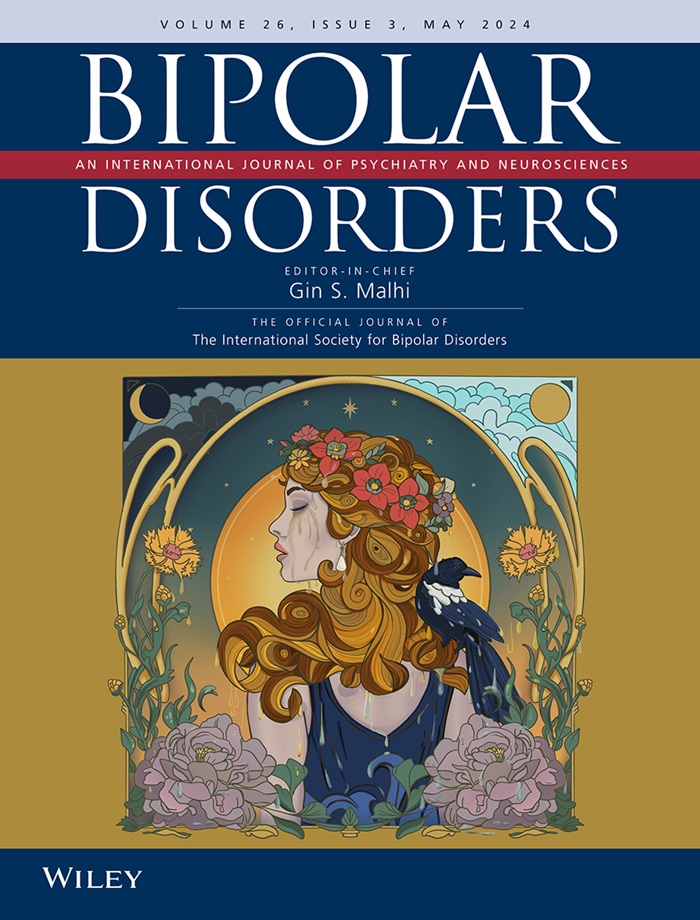Treatment Patterns for Incident Bipolar Disorder Among Nonrefugee Immigrants, Refugees, Second-Generation Immigrants, and Host Population in Sweden
Abstract
Background
Deviations in treatment practices toward immigrant groups compared to host populations are common in mental disorders but unknown in bipolar disorder (BD). We aim to close this research gap by analyzing age-stratified use patterns of antidepressants, mood stabilizers, and antipsychotics following an incident diagnosis of BD in Swedish-born, second- and first-generation nonrefugee immigrants, and refugees.
Methods
Individuals with incident BD between 2006 and 2018 were identified through Swedish national registers. Medication use was followed up until 5 years after diagnosis. Use rates adjusted for sociodemographic and disease-related covariates were computed with generalized estimation equations for each population group. Marginal means with 95% confidence intervals (CIs) and significance tests for main and interaction effects of population group and time points are presented. Furthermore, significant effects of population group, age group, time point, and their interaction were tested by Type III joint test yielding F and p values.
Results
Three months after diagnosis, estimated rates of lack of treatment differed significantly between population groups (p < 0.0001) as Swedish-born (17.3%, CI: 16.8–17.7) lacked disease-specific treatment less often than second-generation immigrants (21.1%, 19.7–22.5), first-generation nonrefugee immigrants (23.1%, 21.3–25.0) and refugees (26.8%, 24.4–29.4). Antidepressant monotherapy was estimated in 17.7% (17.2–18.1) of Swedish-born, 16.8% (15.5–18.3) of second-generation immigrants, 17.7% (16.2–19.4) of first-generation nonrefugee immigrants, and was most prevalent in refugees (20.3%, 18.2–22.7; population group p = 0.0002). Mood stabilizers were most dispensed by Swedish-born (51.3%, 50.6–51.9), followed by second-generation (47.9%, 46.1–49.8) and first-generation nonrefugee immigrants (44.5%, 42.4–46.7) and refugees (35.4%, 32.8–38.2; population group p < 0.0001). Use rates of antipsychotics were similar between population groups (p > 0.05) and estimated at 14.1% (13.7–14.6) in Swedish-born, 14.0% (12.8–15.3) in second-generation, 13.0% in first-generation nonrefugee immigrants (12.0–14.6), and 12.9% (11.1–15.0) in refugees. Following up significant interactions of population and age group, lithium use was estimated to be lower in refugees aged 36–65 years (9.9%, 7.9–12.5; population group p = 0.0008) and olanzapine use to be higher in refugees aged 16–35 (9.2%, 7.1–11.9; population group p = 0.0002), respectively, compared to other population groups of the same age.
Conclusions
Immigrants, especially refugees, are at risk of not receiving adequate treatment following BD diagnosis, putatively owing to a lack of transcultural competence in healthcare, economic restraints, and community factors. Antidepressant monotherapy should be reduced, while recommended options such as mood stabilizers and specifically lithium should be considered more often.


 求助内容:
求助内容: 应助结果提醒方式:
应助结果提醒方式:


